Molecular repertoire of Deinococcus radiodurans after 1 year of
Por um escritor misterioso
Last updated 15 novembro 2024
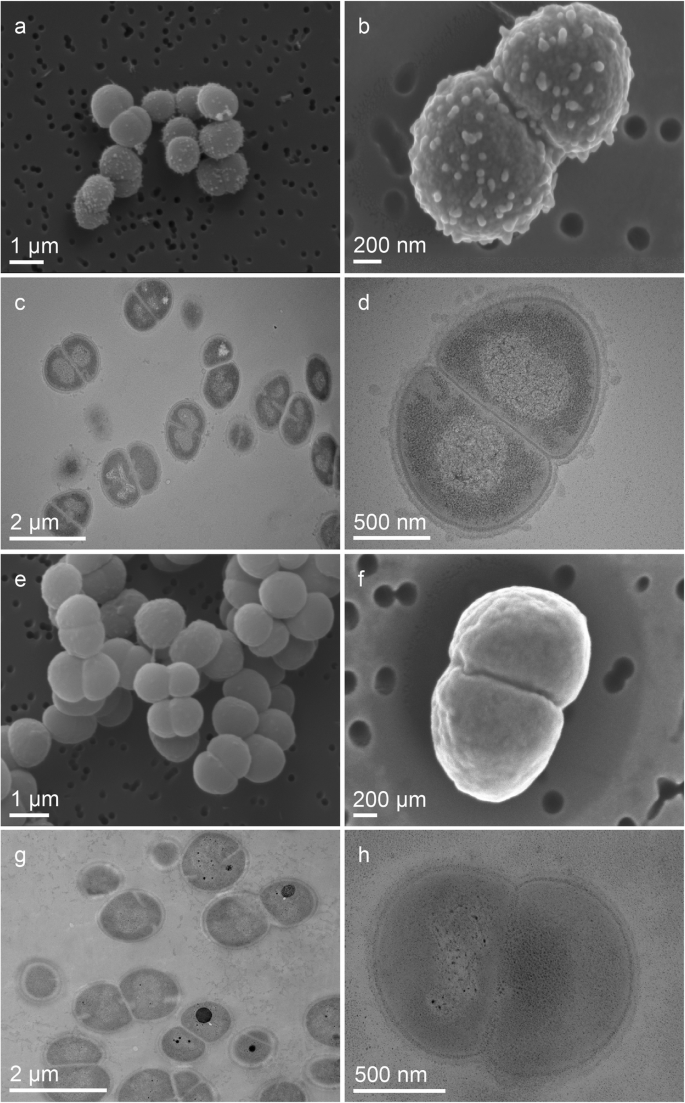
Background The extraordinarily resistant bacterium Deinococcus radiodurans withstands harsh environmental conditions present in outer space. Deinococcus radiodurans was exposed for 1 year outside the International Space Station within Tanpopo orbital mission to investigate microbial survival and space travel. In addition, a ground-based simulation experiment with conditions, mirroring those from low Earth orbit, was performed. Methods We monitored Deinococcus radiodurans cells during early stage of recovery after low Earth orbit exposure using electron microscopy tools. Furthermore, proteomic, transcriptomic and metabolomic analyses were performed to identify molecular mechanisms responsible for the survival of Deinococcus radiodurans in low Earth orbit. Results D. radiodurans cells exposed to low Earth orbit conditions do not exhibit any morphological damage. However, an accumulation of numerous outer-membrane-associated vesicles was observed. On levels of proteins and transcripts, a multi-faceted response was detected to alleviate cell stress. The UvrABC endonuclease excision repair mechanism was triggered to cope with DNA damage. Defense against reactive oxygen species is mirrored by the increased abundance of catalases and is accompanied by the increased abundance of putrescine, which works as reactive oxygen species scavenging molecule. In addition, several proteins and mRNAs, responsible for regulatory and transporting functions showed increased abundances. The decrease in primary metabolites indicates alternations in the energy status, which is needed to repair damaged molecules. Conclusion Low Earth orbit induced molecular rearrangements trigger multiple components of metabolic stress response and regulatory networks in exposed microbial cells. Presented results show that the non-sporulating bacterium Deinococcus radiodurans survived long-term low Earth orbit exposure if wavelength below 200 nm are not present, which mirrors the UV spectrum of Mars, where CO2 effectively provides a shield below 190 nm. These results should be considered in the context of planetary protection concerns and the development of new sterilization techniques for future space missions. Video Abstract

A Decade of Biochemical and Structural Studies of the DNA Repair Machinery of Deinococcus radiodurans: Major Findings, Functional and Mechanistic Insight and Challenges - ScienceDirect
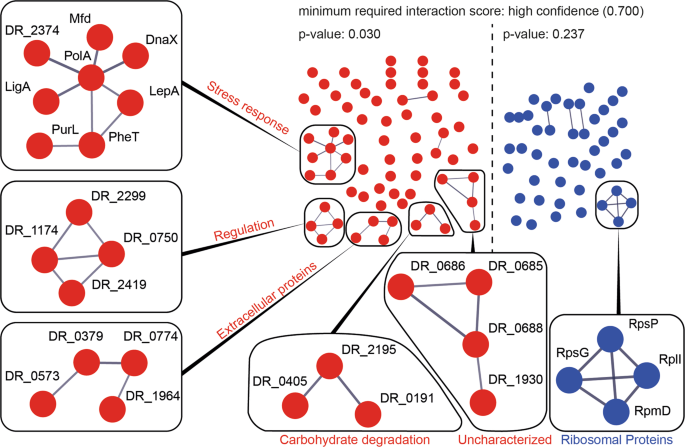
Molecular response of Deinococcus radiodurans to simulated microgravity explored by proteometabolomic approach

PDF] Proteometabolomic response of Deinococcus radiodurans exposed to UVC and vacuum conditions: Initial studies prior to the Tanpopo space mission

PDF] Proteometabolomic response of Deinococcus radiodurans exposed to UVC and vacuum conditions: Initial studies prior to the Tanpopo space mission

Interdigitated immunoglobulin arrays form the hyperstable surface layer of the extremophilic bacterium Deinococcus radiodurans

The radioresistant and survival mechanisms of Deinococcus radiodurans

PDF] Proteometabolomic response of Deinococcus radiodurans exposed to UVC and vacuum conditions: Initial studies prior to the Tanpopo space mission
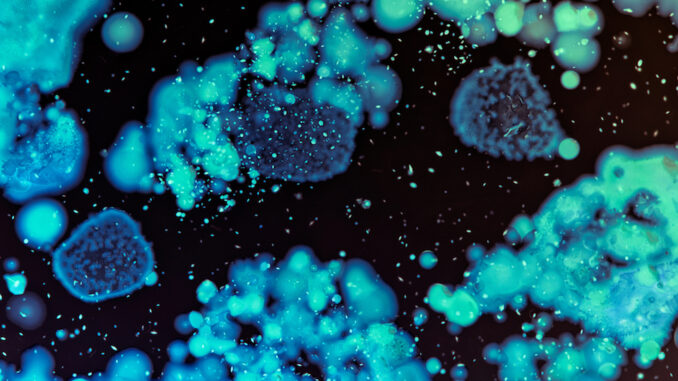
Microbial space travel on a molecular scale: How extremophilic bacteria survive in space for one year - Microbiome Times Magazine
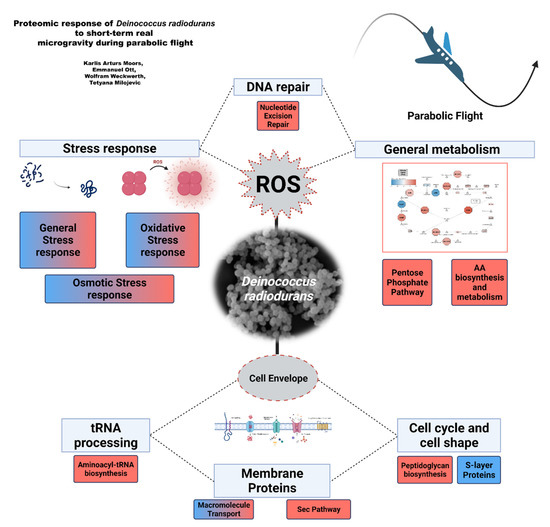
Life, Free Full-Text

Comparative protein-protein network analysis. Proteins of D.

Genome of the Extremely Radiation-Resistant Bacterium Deinococcus radiodurans Viewed from the Perspective of Comparative Genomics

Effective gene silencing using type I–E CRISPR system in the multiploid, radiation-resistant bacterium Deinococcus radiodurans

Conjugation-based genome engineering in Deinococcus radiodurans

Probing the sORF-Encoded Peptides of Deinococcus radiodurans in Response to Extreme Stress - ScienceDirect
Recomendado para você
-
 Deinococcus radiodurans: Radiation resistance – The Microbial15 novembro 2024
Deinococcus radiodurans: Radiation resistance – The Microbial15 novembro 2024 -
 Ringlike Structure of the Deinococcus radiodurans Genome: A Key to15 novembro 2024
Ringlike Structure of the Deinococcus radiodurans Genome: A Key to15 novembro 2024 -
 A Model for Manganese interaction with Deinococcus radiodurans15 novembro 2024
A Model for Manganese interaction with Deinococcus radiodurans15 novembro 2024 -
4C2U: Crystal Structure Of Deinococcus Radiodurans Uvrd In Complex15 novembro 2024
-
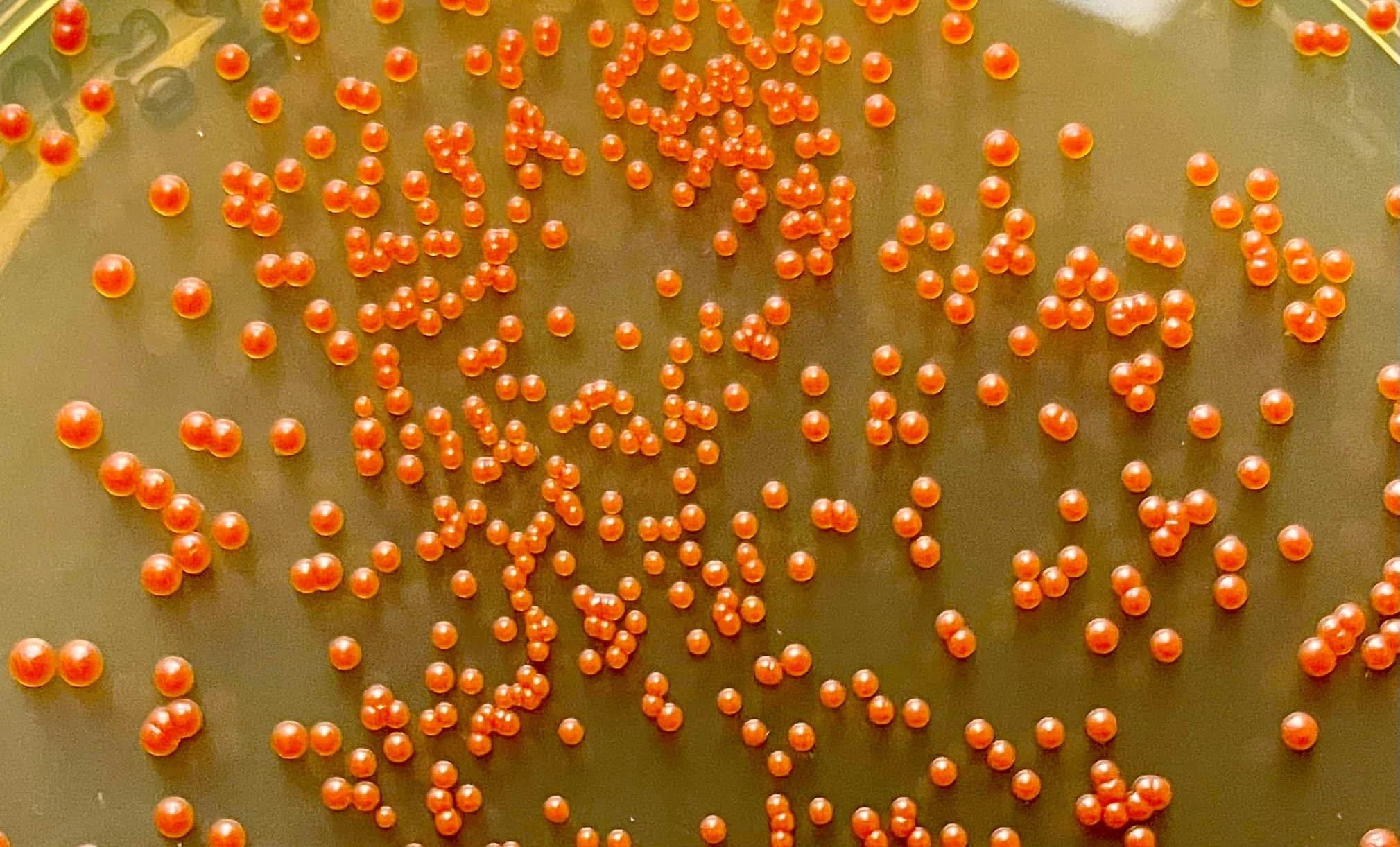 Mark O. Martin on X: This is Deinococcus radiodurans, the famous15 novembro 2024
Mark O. Martin on X: This is Deinococcus radiodurans, the famous15 novembro 2024 -
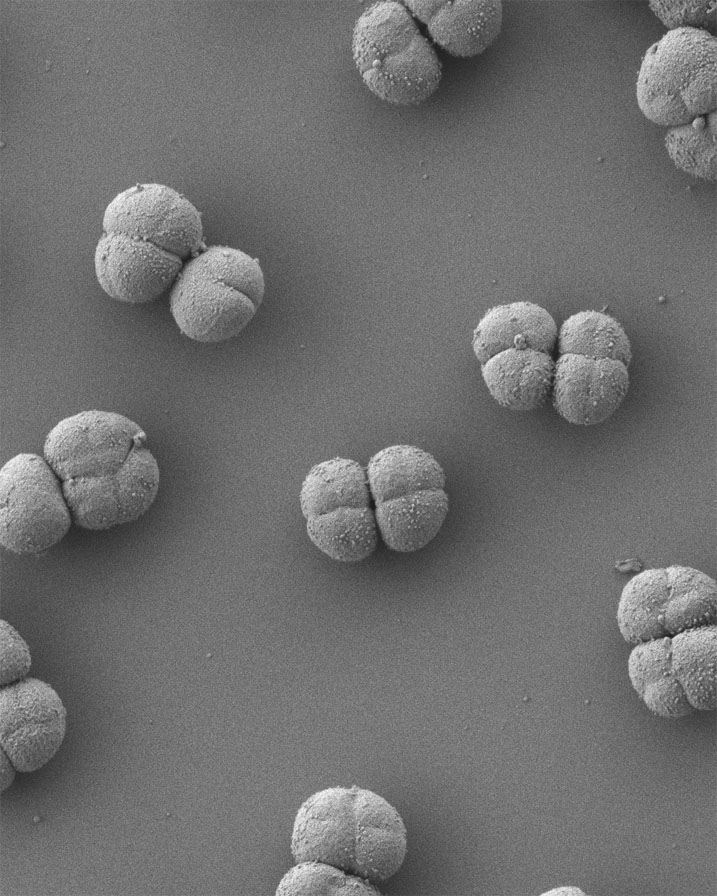 Deinococcus_radiodurans-Lewis_Dartnell - Lewis Dartnell15 novembro 2024
Deinococcus_radiodurans-Lewis_Dartnell - Lewis Dartnell15 novembro 2024 -
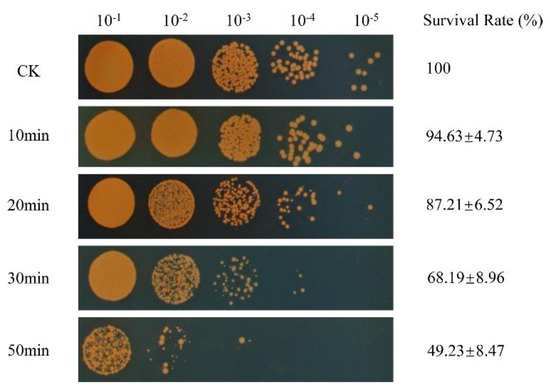 Microorganisms, Free Full-Text15 novembro 2024
Microorganisms, Free Full-Text15 novembro 2024 -
 A New Uranium Bioremediation Approach using Radio-tolerant15 novembro 2024
A New Uranium Bioremediation Approach using Radio-tolerant15 novembro 2024 -
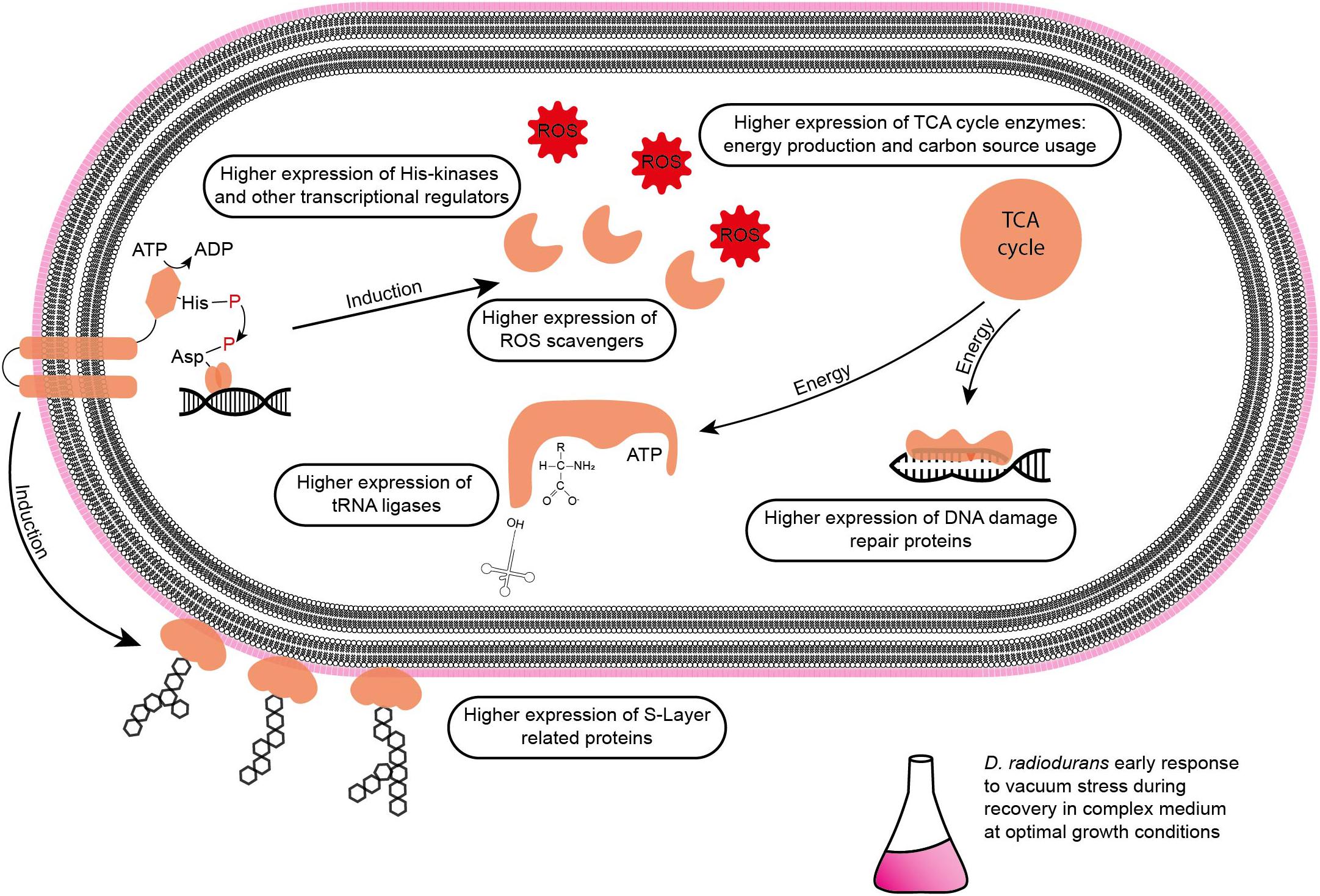 Frontiers Proteomic and Metabolomic Profiling of Deinococcus15 novembro 2024
Frontiers Proteomic and Metabolomic Profiling of Deinococcus15 novembro 2024 -
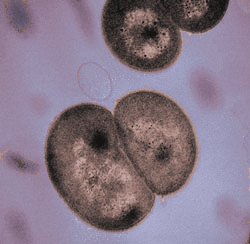 Home - Deinococcus geothermalis DSM 1130015 novembro 2024
Home - Deinococcus geothermalis DSM 1130015 novembro 2024
você pode gostar
-
 Floppa-monedero grande de lona con patrón personalizado, bolsa de almacenamiento con logotipo de gato divertido, monedero para llaves - AliExpress15 novembro 2024
Floppa-monedero grande de lona con patrón personalizado, bolsa de almacenamiento con logotipo de gato divertido, monedero para llaves - AliExpress15 novembro 2024 -
 Hell's Paradise: Jigokuraku - Manga vs Anime - Part 315 novembro 2024
Hell's Paradise: Jigokuraku - Manga vs Anime - Part 315 novembro 2024 -
 Jedidiah Goodacre15 novembro 2024
Jedidiah Goodacre15 novembro 2024 -
Alpha Zero15 novembro 2024
-
 Camiseta Camisa Animes Mangá Death Note Kira L otaku 23415 novembro 2024
Camiseta Camisa Animes Mangá Death Note Kira L otaku 23415 novembro 2024 -
![Download Getting Over It with Bennett Foddy [PC] [MULTi6-ElAmigos](https://www.elamigos-games.com/storage/games_tumbl/getting-over-it-with-bennett-foddy-cover-mij.jpg) Download Getting Over It with Bennett Foddy [PC] [MULTi6-ElAmigos15 novembro 2024
Download Getting Over It with Bennett Foddy [PC] [MULTi6-ElAmigos15 novembro 2024 -
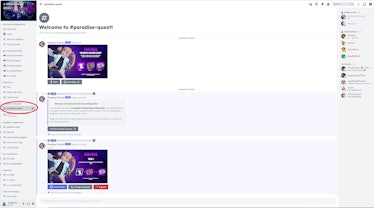 Fortnite' Paradise Discord quest challenges, rewards, and how to link your account15 novembro 2024
Fortnite' Paradise Discord quest challenges, rewards, and how to link your account15 novembro 2024 -
 Flappy Bird 3 Project by Noted Strawberry15 novembro 2024
Flappy Bird 3 Project by Noted Strawberry15 novembro 2024 -
 VIZ Media: Hell's Paradise: Jigokuraku, Vol. 2 Manga Galactic Toys15 novembro 2024
VIZ Media: Hell's Paradise: Jigokuraku, Vol. 2 Manga Galactic Toys15 novembro 2024 -
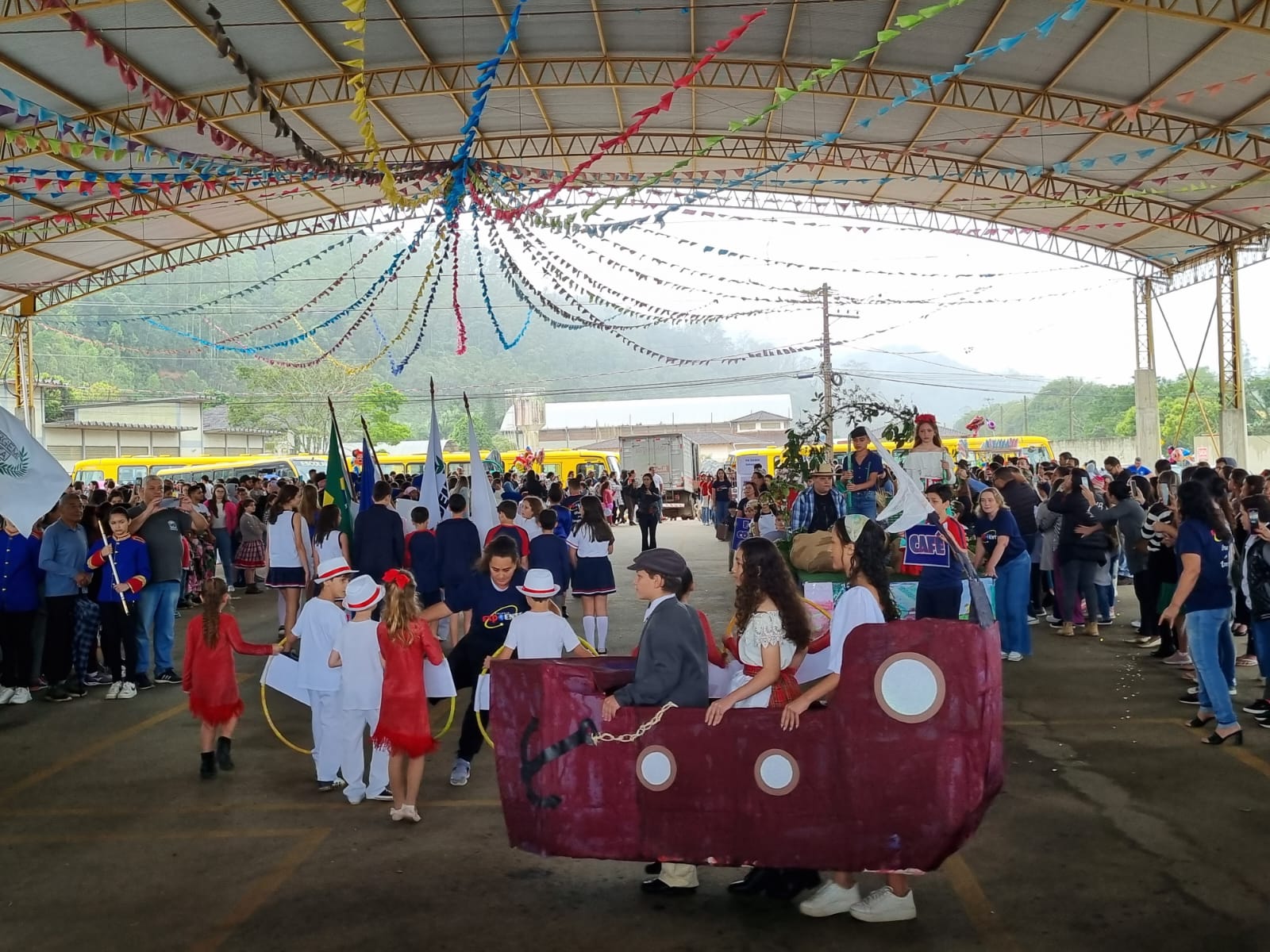 Desfile Cívico Escolar de Vargem Alta celebra a educação e a história local15 novembro 2024
Desfile Cívico Escolar de Vargem Alta celebra a educação e a história local15 novembro 2024
